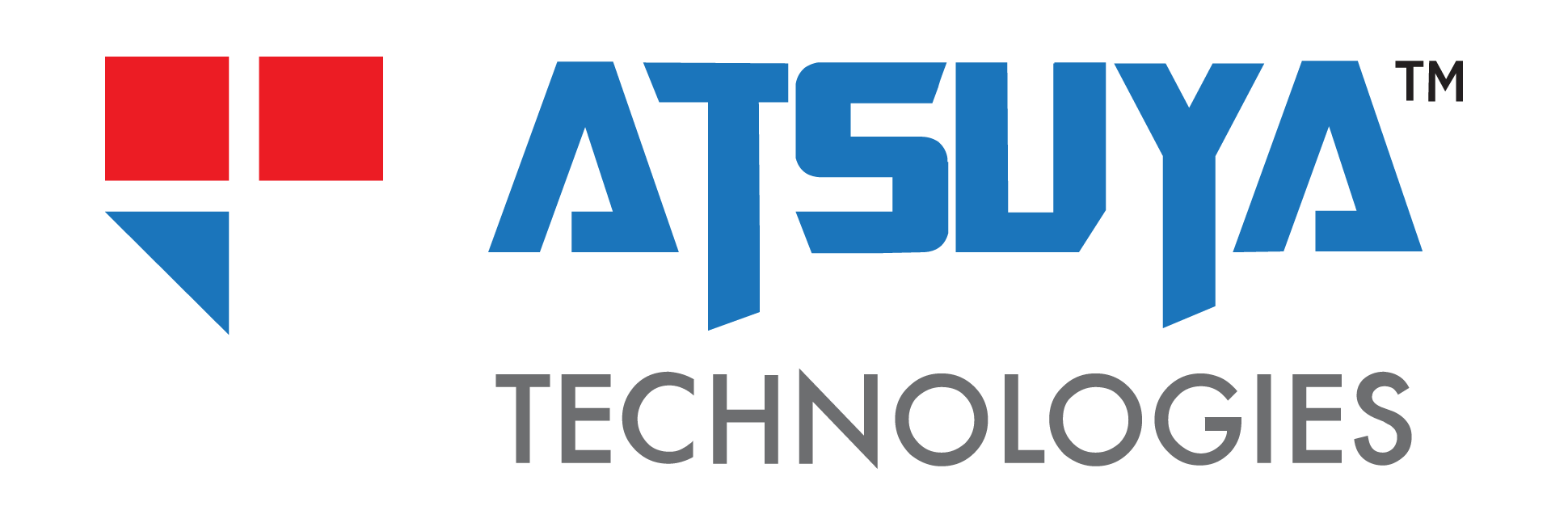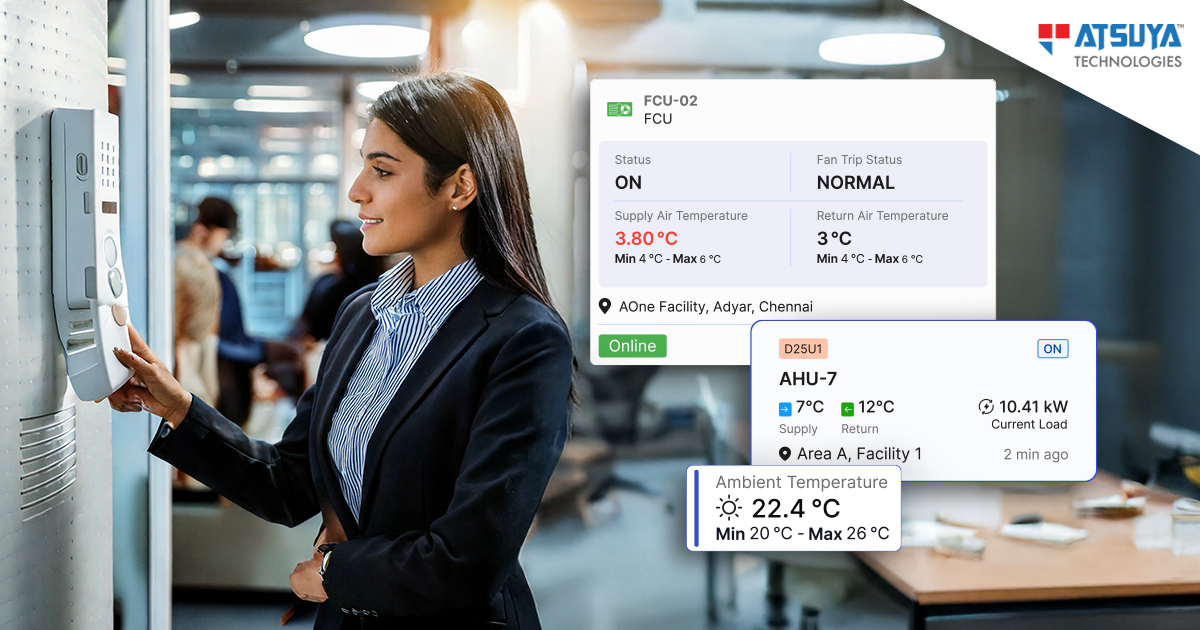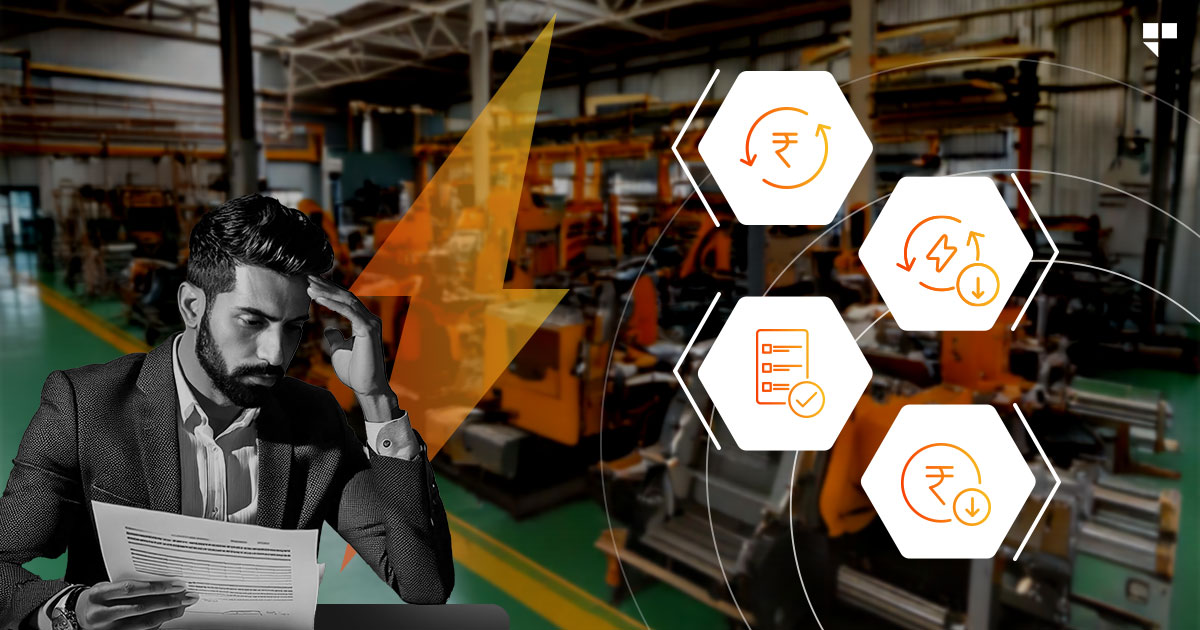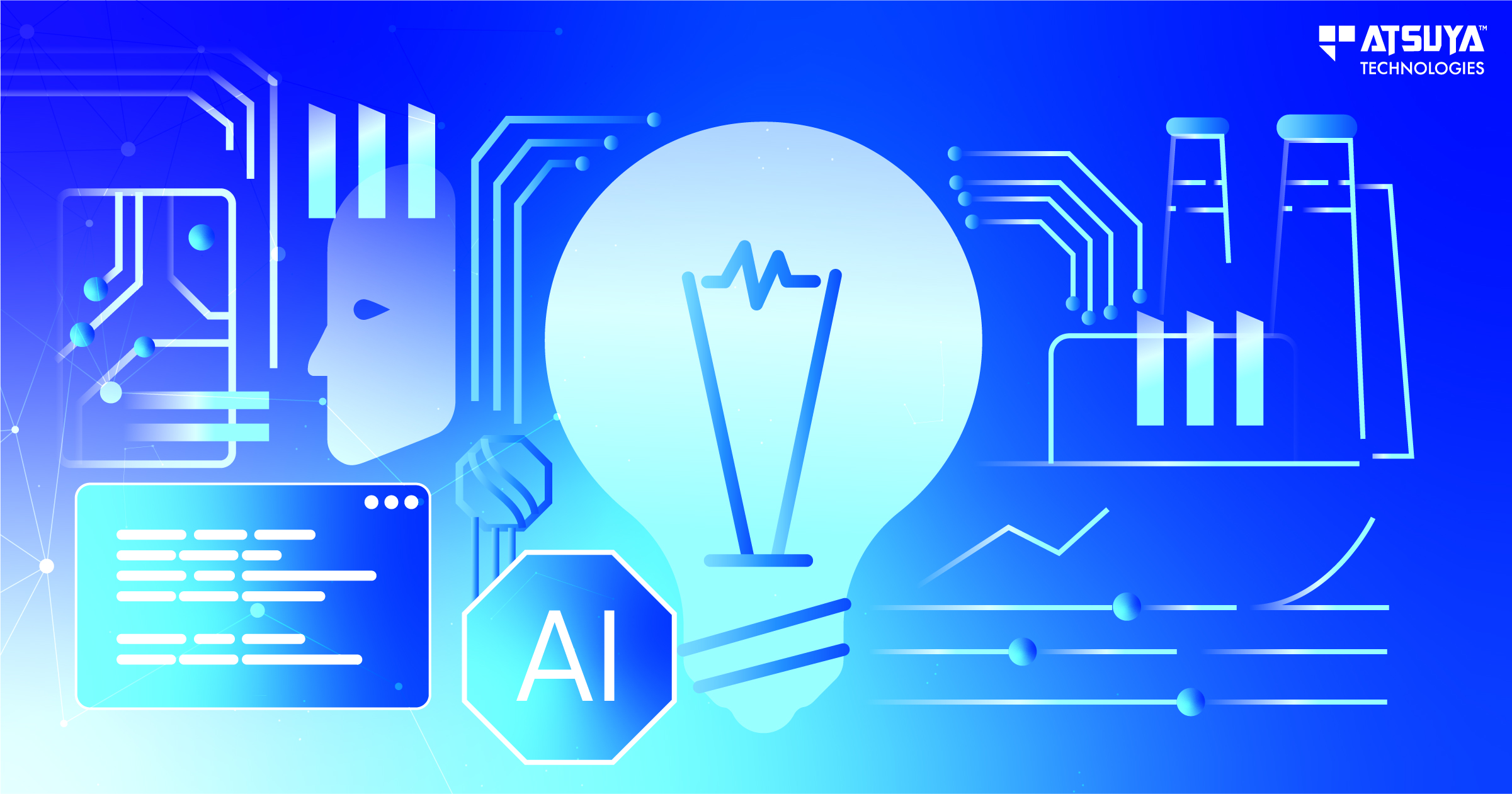
Co-authored by Kiran N
Engineer – Data Science
Throughout history, technology has played a transformative role in the food industry. From the mechanisation of agriculture during the Industrial Revolution to the recent surge in food tech innovations, technology has consistently reshaped the food industry. In today’s digital age, where deep tech solutions like AI, machine learning, and IoT are revolutionising industries, the food sector is witnessing a profound transformation. Vision intelligence, also known as video analytics, stands as one of the latest disruptors with the potential to revolutionise the critical pillars of the food industry: quality, safety, and customer experiences.
Vision intelligence encompasses a spectrum of technologies, including computer vision, IoT devices, edge computing, and image processing. These components work together to enable computers to interpret images and videos, capture real-time data, process it efficiently, and enhance overall food business operations. IoT devices, such as cameras, sensors, and drones, assist in capturing video data and facilitating real-time monitoring and data-driven decision-making. Meanwhile, edge computing and robust algorithms process data closer to the source of generation, eliminating the need to send it to a centralised cloud server for analysis.
In this blog, we will delve into the various applications of computer vision in the food industry and its potential to add substantial value.
Scope of Video Intelligence in the Food Industry
Let’s explore some widespread applications of vision intelligence in the food industry:
Vision intelligence is responsible for automating and improving various aspects of the industry, including food production, quality control, and safety. Food corporations can automate quality control and inspection using computer vision. This reduces manual labour and increases production efficiency, while also reducing operational costs. Computer vision also plays a pivotal role in minimising food waste as it helps assess food quality and optimise inventory, thereby reducing the disposal of expired products.
A technology that helps achieve overall SOP compliance in the industry, vision intelligence has transformed the way food is produced and processed, thereby improving food safety, quality, and efficiency across various stages of food production.
Here are a few widespread applications of vision intelligence in the food industry:
- Quality and Safety
In the food industry, video analytics can play a major role in ensuring quality and safety in operations. Food production processes can be monitored, identifying deviations along the way. It can also help identify anomalies in the product in terms of defective packaging and pack seals. The solution can be used to check if the package is without leaks, dents, puffing, and rusting signs.
Video analytics can also be used to ensure the safety of the food production facility. The solution can detect fire, give out prompt alerts, and help identify foreign objects in the food, which might lead to quality issues.
- Hygiene
Hygiene is of utmost importance in the food industry as it directly affects the safety and quality of food products. Vision intelligence helps monitor the various aspects of the food manufacturing unit, including cleaning, personal hygiene of employees, waste disposal, etc. In the case of any anomalies, supervisors get a prompt alert so that they can take corrective action. For example, if cleaning is not carried out as per schedule or an employee violates hygiene requirements, the supervisor will get an alert message on the anomaly. Similarly, pest control and waste disposal activities can also be monitored through computer vision.
- Inventory Management
Computer vision also aids businesses with the management of stocks. Through computer vision, we can identify food products based on visual cues like packaging, labels, and other unique features marked. They can be used to automate stock counting and track the products on shelves, thereby eliminating the need for manual counting and inventory management.
Businesses can gauge demand and ensure enough goods are produced and stocked. For example, in a milk production unit, vision intelligence can help ensure the intended number of packets are there in each tray, according to the number and categories of milk produced. Video analytics can also help with shelf life inspection based on the expiry/use by/best before date marked on the products, ensuring the safety and quality of the produce. Vision cameras’ ability to differentiate food items based on colour, shape, size, and packaging helps with the sorting and grading of food items.
- Productivity
It becomes increasingly challenging to track operational and employee productivity in large corporations across industries, and the food industry is no exception. Computer vision can help monitor productivity – it can track how much time the employee spends in each process and the tasks slowing down the various processes involved in the production unit. Real-time monitoring and alerts help supervisors take timely, corrective action.
Encompassing technologies like computer vision, IoT, and edge computing, video analytics is transforming the food industry, changing how food is produced, monitored, and managed. From ensuring product quality and safety to maintaining hygiene standards and productivity, vision intelligence brings numerous benefits to the table for the food industry. Real-time monitoring and timely detection and alerts of cases of anomalies help food businesses enhance their operational efficiency.
Embracing computer vision in the food industry can ensure a smarter, safer, and more efficient future for food corporations. Video analytics is the latest addition to the AOne suite of solutions. At Atsuya, we customise our solutions to suit specific business needs. Explore more about our solution here!




